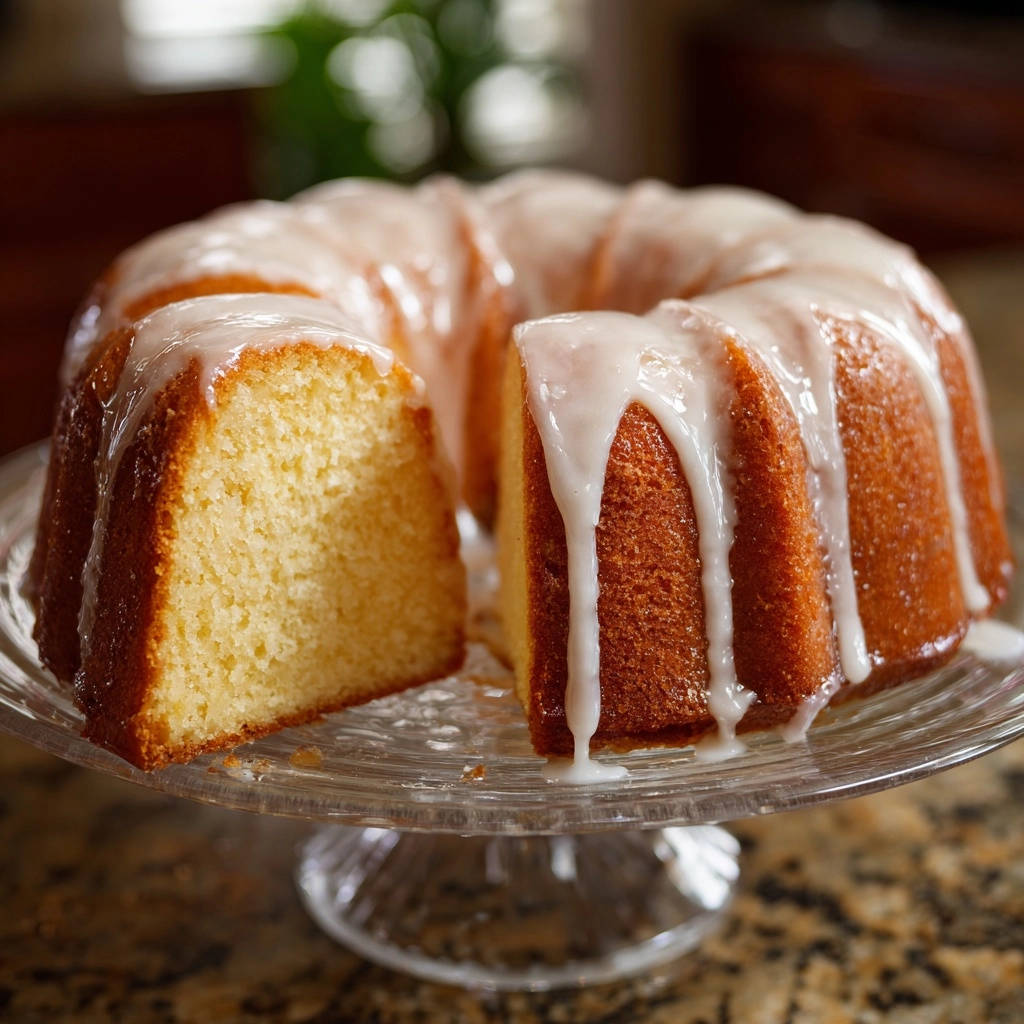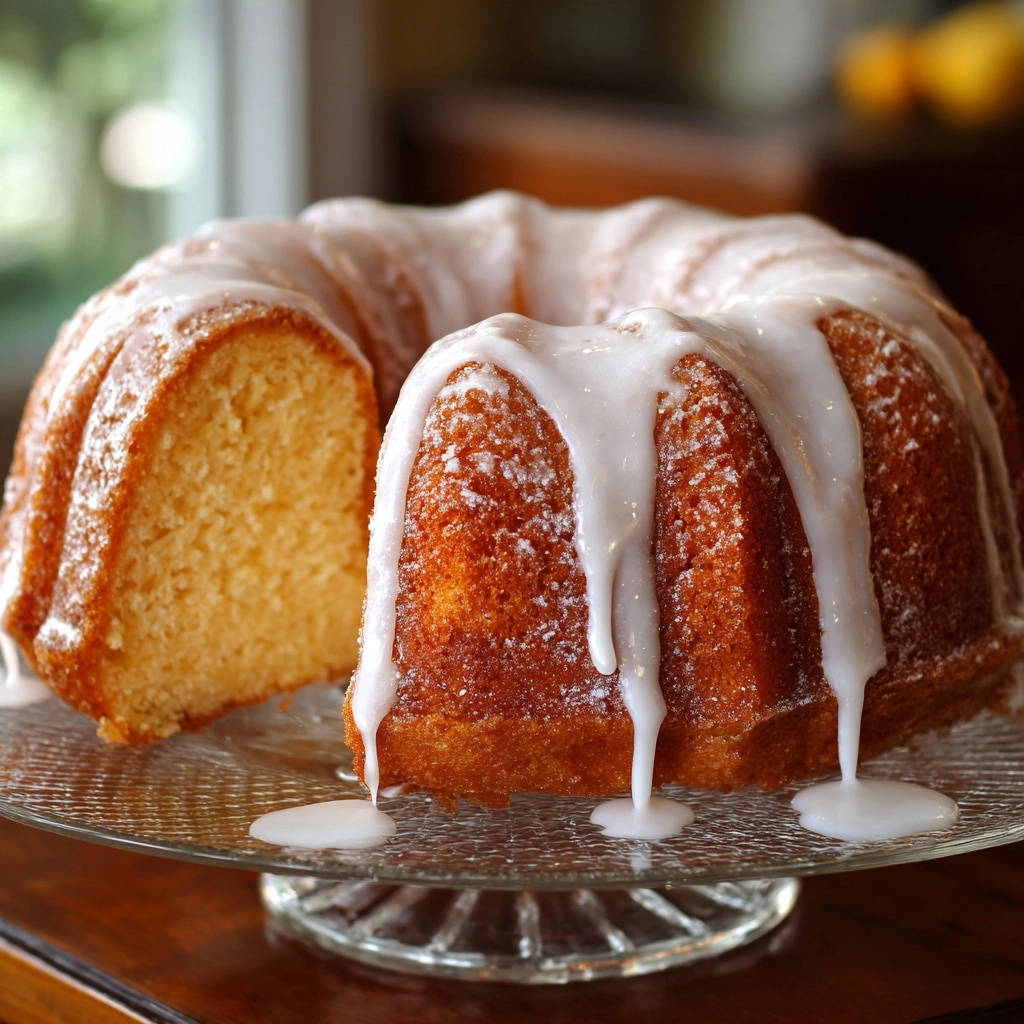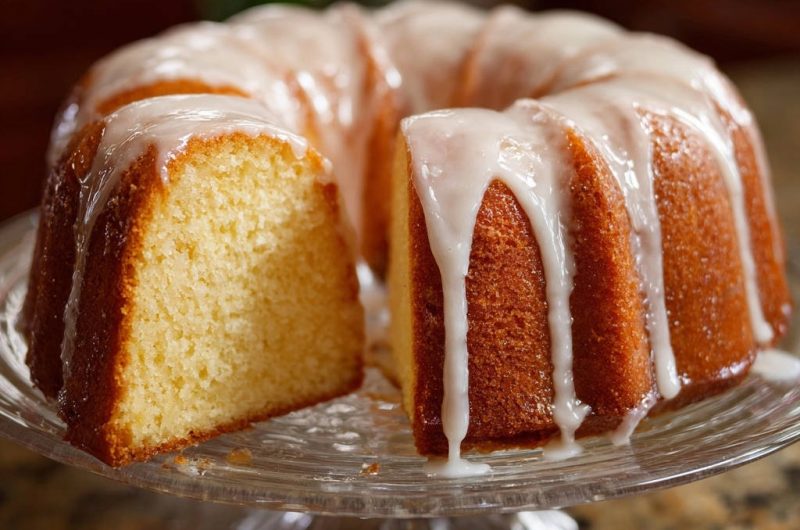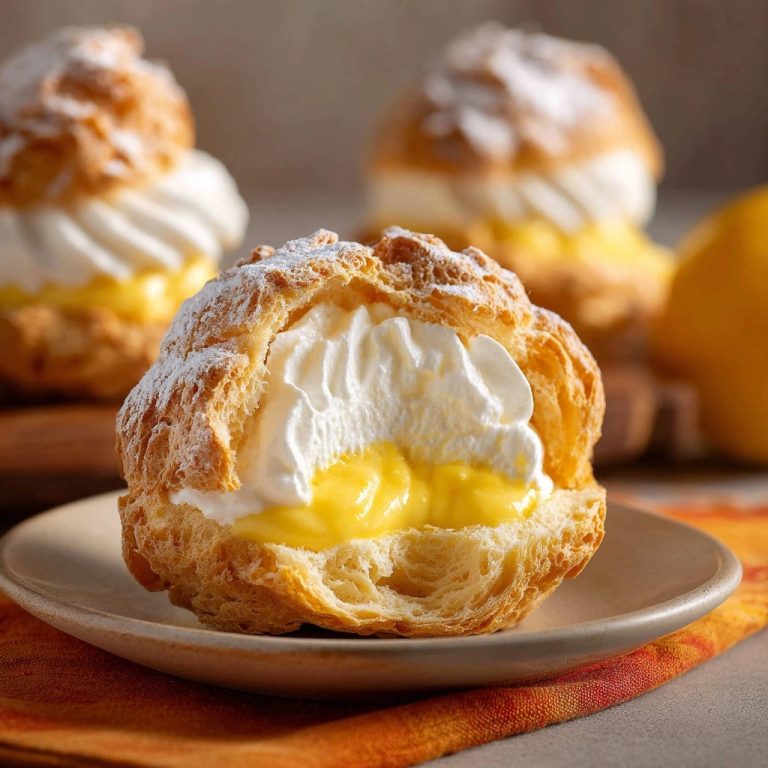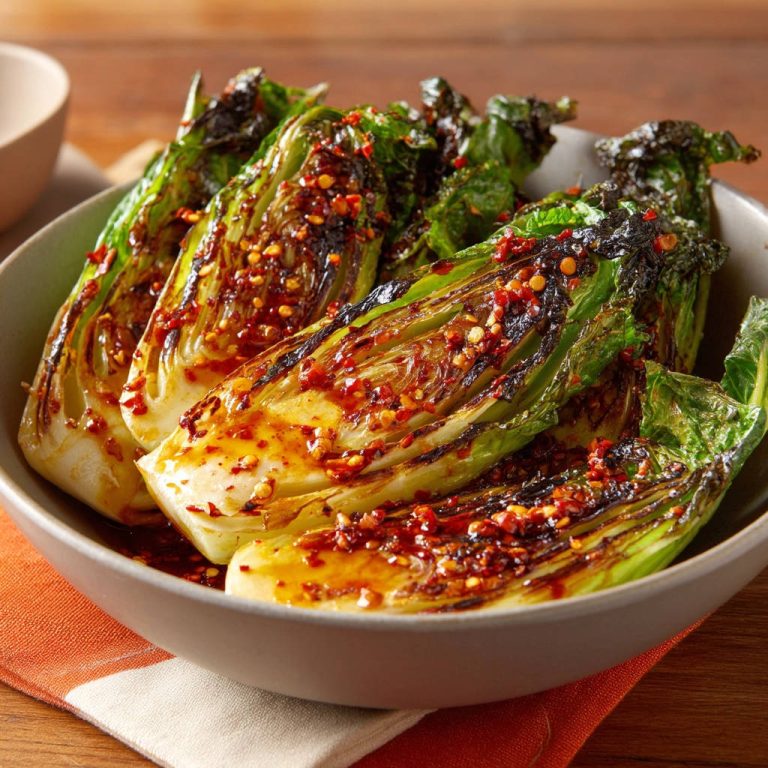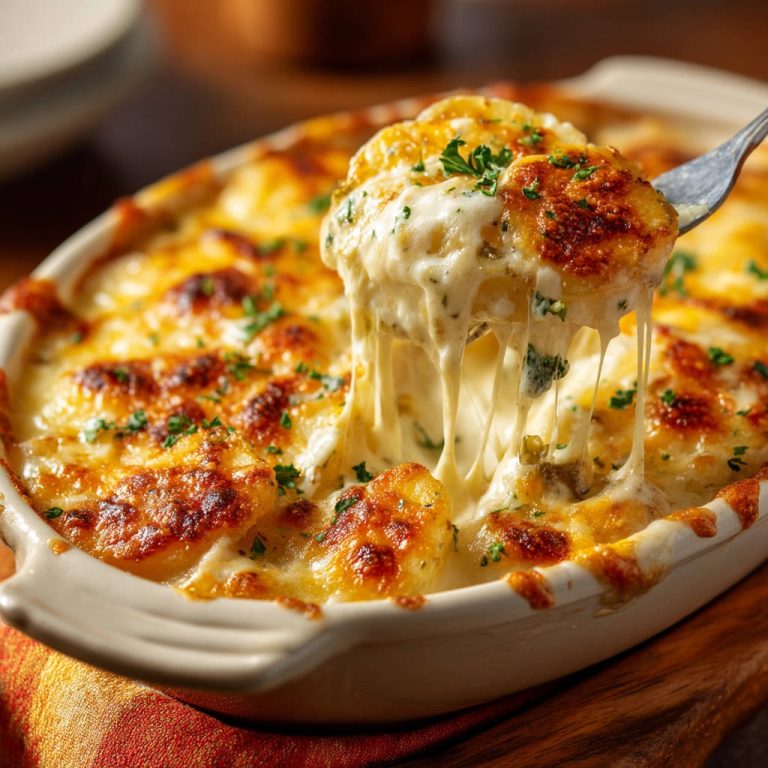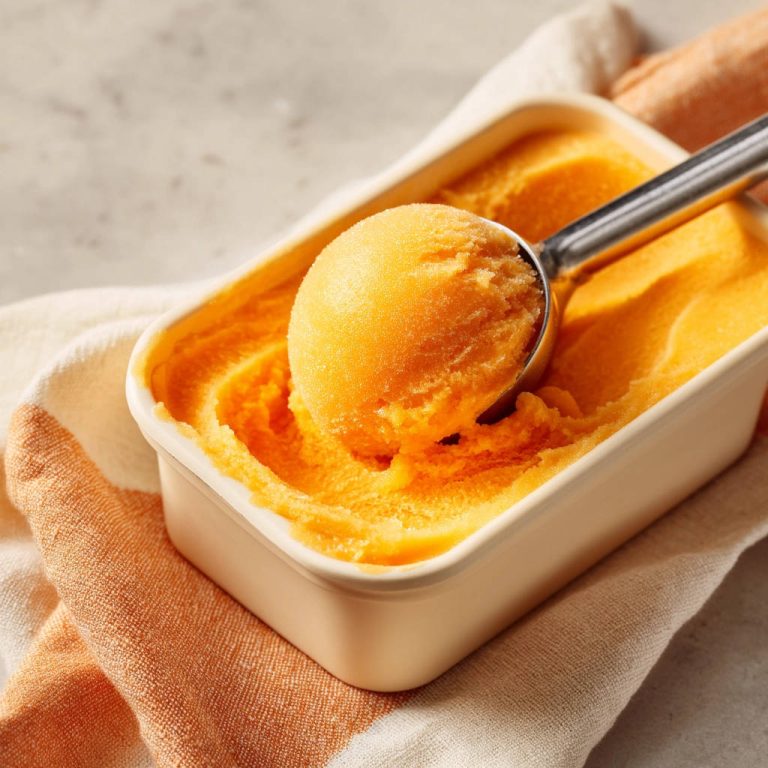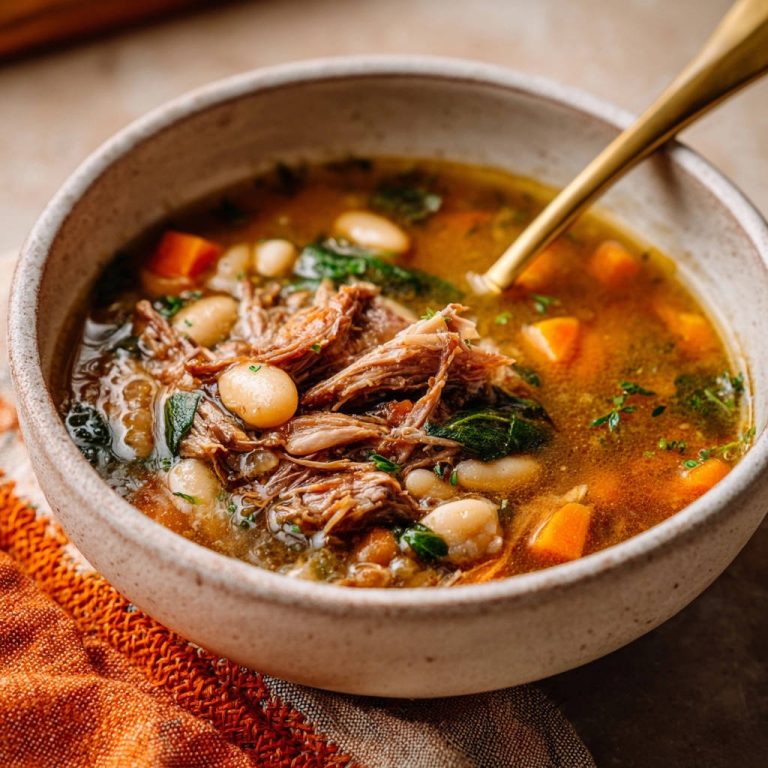There’s nothing worse than slicing into a beautifully intricate bundt cake, only to discover it’s disappointingly dry inside. I’ve certainly experienced that letdown! This Classic Bundt Cake recipe is my trusted solution, consistently delivering a perfectly moist and tender crumb that truly melts in your mouth.
It’s the kind of timeless dessert that elevates any occasion, yet remains wonderfully approachable for home bakers. Prepare to bake a bundt cake that will earn you rave reviews and become your new signature bake.
Why This Classic Bundt Cake Recipe Is Your New Go-To
This isn’t just another cake recipe; it’s a meticulously crafted guide to bundt cake perfection. It focuses on techniques and ingredients that guarantee a superior result every time.
The Secret to Unrivaled Moistness (No More Dry Cakes!)
The core of this recipe lies in its balanced use of fats and specific techniques that lock in moisture. We prioritize proper creaming and careful mixing to create an incredibly tender crumb.
Say goodbye to dry, crumbly cakes. This Classic Bundt Cake stays delightfully moist for days, a testament to its exceptional design.
Effortless Elegance for Any Occasion
The beauty of a bundt cake is its inherent elegance, requiring minimal decoration to impress. This recipe delivers a stunning presentation with just a simple glaze.
It’s perfect for potlucks, family gatherings, or a comforting weekend treat. You get maximum visual impact with surprisingly little effort.
A Flavor Profile That Pleases Everyone
This Classic Bundt Cake boasts a universally appealing vanilla flavor, rich and comforting without being overly sweet. It’s designed to be a crowd-pleaser.
The simple glaze adds just the right touch of sweetness, complementing the cake’s subtle richness. It’s a nostalgic flavor that feels both familiar and special.
Essential Building Blocks: Ingredients for Your Classic Bundt Cake
The quality and temperature of your ingredients are paramount to the success of this tender bundt cake. Each component plays a vital role in achieving that perfect moist crumb.
For the Unforgettable Cake
-
All-Purpose Flour:
This provides the necessary structure for the cake, creating a stable yet tender foundation. Accurate measurement is key for consistency.
-
Baking Powder & Salt:
Baking powder ensures a beautiful, even lift, contributing to the cake’s light texture. Salt balances the sweetness and enhances all the flavors.
-
Unsalted Butter & Granulated Sugar:
Creaming these together is crucial for incorporating air, leading to a light and fluffy cake texture. Using unsalted butter allows you to control the salt content precisely.
-
Large Eggs (Room Temperature):
Eggs bind the ingredients and add richness, contributing significantly to the cake’s structure and moisture. Room temperature eggs emulsify better with the butter and sugar, resulting in a smoother batter.
-
Full-Fat Sour Cream (Room Temperature):
This is truly the secret ingredient for unparalleled moistness and a tender, melt-in-your-mouth crumb. The acidity in the sour cream activates the baking powder and breaks down gluten, ensuring a supremely soft cake.
-
Vanilla Extract:
A classic flavor enhancer that infuses the entire cake with a warm, inviting aroma. Use a good quality pure vanilla extract for the best results.
Crafting the Perfect Drizzle Glaze
-
Powdered Sugar:
Also known as confectioners’ sugar, this finely milled sugar forms the smooth, sweet base of your elegant glaze. Its fine texture ensures it dissolves easily without grittiness.
-
Milk or Water:
These liquids are used to thin the powdered sugar to the ideal drizzling consistency. Start with a smaller amount and add gradually to achieve your preferred thickness.
-
Vanilla Extract (for Glaze):
A touch of vanilla in the glaze adds another layer of aromatic flavor, beautifully complementing the rich cake beneath. It ties the whole dessert together seamlessly.
Tools of the Trade: Equipping Your Classic Bundt Cake Journey
Having the right equipment ensures a smooth baking process and a perfect Classic Bundt Cake every time. These tools are indispensable for achieving professional results at home.
-
10-12 Cup Bundt Pan: This specialized pan is the star of the show, imparting the cake’s signature fluted, elegant shape. Ensure it’s made of good quality non-stick material.
-
Electric Mixer (Stand or Handheld): Absolutely essential for creaming the butter and sugar until perfectly light and fluffy. This aeration process is critical for the cake’s texture.
-
Large Mixing Bowls: You’ll need at least two – one for whisking dry ingredients and another, larger one, for mixing the wet ingredients and combining the batter. Size matters for efficient mixing.
-
Wire Rack: Crucial for cooling the cake evenly after baking. It allows air circulation, preventing the bottom of the cake from becoming soggy and ensuring even glaze distribution.
-
Silicone Spatula & Whisk: A flexible silicone spatula is ideal for scraping down bowls and gently folding in ingredients. A whisk is perfect for aerating dry ingredients and combining liquids smoothly.
Baking Brilliance: A Step-by-Step Guide to Your Classic Bundt Cake
Follow these detailed steps closely to bake a Classic Bundt Cake that is perfectly moist, tender, and beautifully golden. Attention to detail at each stage ensures a superior result.
-
Prepare Your Pan & Oven:
Preheat your oven to 325°F (160°C). Generously grease the entire interior of a 10-12 cup bundt pan, ensuring every intricate crevice is thoroughly coated.
After greasing, lightly flour the pan, tapping out any excess. This dual approach is a critical step for guaranteed easy release, preventing your beautiful cake from sticking.
-
Whisk Dry Ingredients:
In a medium bowl, whisk together the all-purpose flour, baking powder, and salt until they are uniformly combined. This ensures the leavening agents are evenly distributed throughout the batter.
Set this dry mixture aside while you work on the wet ingredients.
-
Cream Butter and Sugar:
In a large bowl, using an electric mixer, cream the softened unsalted butter and granulated sugar together on medium-high speed for a full 5-7 minutes.
Continue beating until the mixture transforms into a very light, pale yellow, and noticeably fluffy consistency. This extensive creaming process is crucial for incorporating ample air, which contributes significantly to the cake’s tender crumb and airy texture.
-
Incorporate Eggs:
Add the large eggs to the creamed butter and sugar one at a time. After each egg, beat well until it is fully incorporated into the mixture before adding the next.
Remember to pause and scrape down the sides and bottom of the bowl with your silicone spatula as needed. This ensures all ingredients are evenly combined and prevents pockets of unmixed batter.
-
Combine Sour Cream and Vanilla:
In a small, separate bowl, whisk together the full-fat sour cream and vanilla extract until smooth. This prepares the wet components for easy alternating additions.
Having this mixture ready prevents delays and ensures a smoother, more efficient mixing process during the final steps.
-
Alternate Dry and Wet Mixtures:
With your electric mixer on low speed, begin by gradually adding about one-third of the whisked flour mixture to the butter mixture, mixing just until it’s barely combined. Immediately follow this with half of the sour cream mixture, mixing only until it’s just incorporated.
Repeat this sequence: add another third of the flour, then the remaining sour cream, and finally the last of the flour. After each addition, mix only until no dry streaks of flour remain.
It is absolutely vital to avoid overmixing at this stage. Overmixing develops gluten, which can lead to a tough, dry cake, counteracting all your efforts for moistness.
-
Fill and Tap the Pan:
Pour the prepared batter evenly into your thoroughly greased and floured bundt pan. Use your silicone spatula to ensure the batter is distributed into all the pan’s nooks and crannies.
Gently tap the filled pan firmly on the counter a few times. This helps to release any large air bubbles trapped in the batter, which can otherwise create unsightly holes in your finished cake.
-
Bake to Golden Perfection:
Place the bundt pan in the preheated oven and bake for 60-70 minutes. The cake is ready when a wooden skewer or toothpick inserted into the thickest part of the cake comes out with moist crumbs attached, not wet batter.
Carefully monitor the baking time and avoid overbaking. Overbaking is the quickest way to dry out your cake and lose that coveted moist texture.
-
Cool the Cake:
Once baked, remove the cake from the oven and let it cool in the bundt pan, resting on a wire rack, for 10-15 minutes. This crucial resting period allows the cake to firm up slightly and pull away from the pan’s sides.
After this initial cooling, carefully invert the cake onto the wire rack. Allow it to cool completely, undisturbed, before attempting to glaze. Unmolding too early can cause the cake to break or stick.
-
Prepare the Glaze:
While your Classic Bundt Cake cools, prepare the simple yet elegant glaze. In a small bowl, whisk together the powdered sugar, starting with 3 tablespoons of milk or water, and the vanilla extract.
Continue whisking until the mixture is completely smooth and free of lumps. Adjust the consistency by adding more milk or water, a teaspoon at a time, until you achieve a thick, pourable glaze that coats the back of a spoon.
-
Glaze and Serve:
Once the cake is completely cool to the touch, drizzle the prepared glaze generously over the top. Allow it to flow naturally and elegantly drip down the fluted sides of the bundt cake.
After glazing, slice the Classic Bundt Cake with a serrated knife and serve. Enjoy your perfectly moist and beautifully presented masterpiece!
Elevate Your Bake: Expert Tips for Classic Bundt Cake Perfection
Achieving a truly exceptional Classic Bundt Cake goes beyond just following the steps. Incorporate these expert tips to ensure every bake is a resounding success, moist and delicious.
-
Room Temperature Matters
Always ensure your butter, eggs, and sour cream are at true room temperature (around 68-70°F or 20-21°C). Cold ingredients don’t emulsify properly, leading to a lumpy batter and a less uniform, tender crumb.
-
The Power of Proper Creaming
The 5-7 minutes specified for creaming butter and sugar isn’t just a suggestion; it’s critical. This process incorporates vital air into the mixture, which is a significant factor in the bundt cake’s light, airy, and moist texture. Don’t cut this step short!
-
Avoid Overmixing the Batter
Once you introduce the flour, mix only until no dry streaks are visible. Overmixing develops gluten, making the cake tough and dry-the exact opposite of what we want for a moist bundt. Less is more at this stage.
-
Grease and Flour Like a Pro
Take extra time to thoroughly grease and flour every single crevice of your bundt pan. Use a pastry brush or even your fingertips to ensure complete, even coverage. This is your strongest defense against your cake sticking, preserving its beautiful shape.
-
The Importance of Cooling
Allowing the cake to cool in the pan for the exact specified time before inverting is crucial. This helps the cake set and firm up, preventing it from breaking upon removal. Always cool completely on a wire rack before glazing, as warm glaze will simply melt.
-
Consider an Easy Coconut Bundt Cake Variation
If you’re looking to explore different flavors, remember that many bundt cakes share similar foundational techniques. Once you master this classic, you can confidently experiment with others, like a delightful coconut version, applying the same principles for moistness.
Solving Common Classic Bundt Cake Challenges
Even experienced bakers face occasional challenges. Here are solutions to the most common issues you might encounter when baking your Classic Bundt Cake, ensuring success.
Why is My Cake Dry and Crumbly?
This is most often due to overbaking or overmixing the batter once the flour is added. To prevent this, bake only until a wooden skewer comes out with moist crumbs attached, not wet batter. Furthermore, mix the flour minimally, just until no dry streaks remain, to avoid overdeveloping gluten.
My Cake Sticks to the Pan!
The primary culprit for sticking is insufficient greasing and flouring of the bundt pan. Ensure you thoroughly coat every single crevice, perhaps using a baking spray specifically designed with flour for intricate pans. Don’t rush this vital prep step.
Why Did My Cake Sink in the Middle?
Sinking can be caused by underbaking, opening the oven door too early (which causes a sudden temperature drop), or an oven temperature that is too high or low. Always preheat your oven thoroughly and resist the urge to peek until near the very end of the baking time.
My Glaze is Too Thin/Thick. What Do I Do?
If your glaze is too thin, it will run off the cake. Gradually add more powdered sugar, one tablespoon at a time, whisking well after each addition, until you reach your desired consistency. If it’s too thick, add more milk or water, one teaspoon at a time, until it’s pourable but still coats a spoon beautifully.
Your Classic Bundt Cake Questions, Answered
Many common questions arise when baking, especially for a beloved dessert like this bundt cake. Here are straightforward answers to help you perfect your baking journey.
Can I make this Classic Bundt Cake ahead of time?
Absolutely! This bundt cake is remarkably moist and maintains its freshness beautifully. You can bake the cake up to 2-3 days in advance and store it, unglazed, wrapped tightly in plastic wrap at room temperature. Glaze it just before serving for the most impressive presentation and flavor.
How should I store leftover Classic Bundt Cake?
Store any leftover Classic Bundt Cake tightly wrapped in plastic wrap or inside an airtight container at room temperature for up to 3-4 days to maintain its moistness. For longer storage, you can freeze the unglazed cake tightly wrapped for up to 3 months; thaw overnight at room temperature before glazing.
Can I add different flavors or mix-ins?
Yes, this Classic Bundt Cake recipe serves as an excellent base for various flavor enhancements! Consider adding the zest of a lemon or orange for a bright citrus note, a cup of mini chocolate chips, or a dash of almond extract to the batter for a different profile. Just be mindful not to overfill the pan with too many additions.
What is the best way to slice a Bundt cake?
For clean, even slices that showcase the cake’s beautiful interior, ensure the Classic Bundt Cake is completely cool before cutting. Use a long, sharp serrated knife and apply gentle, sawing motions rather than pressing down. You can gently mark your desired slice lines with a non-serrated knife first for perfect portions.
What makes this cake so much moister than other recipes?
The key to this cake’s superior moistness lies in the generous use of full-fat sour cream and the extended creaming time for the butter and sugar. The sour cream adds rich fat and tenderizing acidity, while proper creaming incorporates air, ensuring a light, airy crumb. This combination leads to a truly decadent cake that’s never dry.
Beyond the Bake: Serving & Storing Your Classic Bundt Cake
Once your Classic Bundt Cake is baked to perfection, a few final touches can elevate it further. Thoughtful presentation and proper storage ensure your masterpiece shines and stays delicious.
Presentation Pointers for Your Bundt Masterpiece
While the elegant glaze provides ample visual appeal, consider adding simple embellishments. A light dusting of extra powdered sugar, a scattering of fresh berries like raspberries or blueberries, or a few delicate mint leaves can add a lovely pop of color and freshness. Even a small sprig of rosemary can add a sophisticated, rustic charm to your Classic Bundt Cake.
Keeping Your Bundt Cake Fresh and Fabulous
Once your Classic Bundt Cake has been glazed, it’s best to store any leftovers under a cake dome or in an airtight container. Keep it at room temperature, and it will remain wonderfully moist and delicious for up to 3-4 days. The glaze acts as an additional protective layer, sealing in that exquisite moisture that makes this cake so special.
Your Baking Legacy Starts Here: Share Your Bundt Cake Success!
You now possess the “secret code” to baking the most wonderfully moist and tender Classic Bundt Cake imaginable. This recipe isn’t just about ingredients and steps; it’s about the joy of creating and sharing a truly exceptional homemade treat that impresses everyone.
We can’t wait to see your creations! Share your Classic Bundt Cake masterpiece on social media and tag us, or leave a comment below with your favorite tip or a story about enjoying this delicious cake. Happy baking!
Classic Bundt Cake
Course: DessertCuisine: American CuisineDifficulty: easy10
servings20
minutes1
hour60
minutesAmerican Cuisine
Ingredients
For the Cake:
3 cups all-purpose flour
1 teaspoon baking powder
1/2 teaspoon salt
1 cup (2 sticks) unsalted butter, softened
2 cups granulated sugar
4 large eggs, at room temperature
1 cup full-fat sour cream, at room temperature
2 teaspoons vanilla extract
For the Glaze:
2 cups powdered sugar
3-4 tablespoons milk or water
1/2 teaspoon vanilla extract
Directions
- Preheat your oven to 325°F (160°C). Grease and flour a 10-12 cup bundt pan thoroughly, making sure to get into all the crevices. This step is important for easy release!
- In a medium bowl, whisk together the flour, baking powder, and salt. Set aside.
- In a large bowl, using an electric mixer, cream together the softened butter and granulated sugar on medium-high speed for 5-7 minutes until the mixture is very light, pale, and fluffy. This is a crucial step for achieving a tender, moist cake, as it incorporates air that helps with the cake’s texture.
- Add the eggs one at a time, beating well after each addition until fully incorporated. Scrape down the sides of the bowl as needed.
- In a small bowl, whisk together the sour cream and vanilla extract.
- With the mixer on low speed, gradually add about one-third of the flour mixture to the butter mixture, mixing just until combined. Then add half of the sour cream mixture, mixing until just incorporated. Repeat with another third of the flour, then the remaining sour cream, and finally the last of the flour. Mix just until no dry streaks of flour remain. Overmixing at this stage can lead to a tough, dry cake.
- Pour the batter evenly into your prepared bundt pan. Gently tap the pan on the counter a few times to release any large air bubbles.
- Bake for 60-70 minutes, or until a wooden skewer or toothpick inserted into the center of the cake comes out with moist crumbs attached, not wet batter. Avoid overbaking, as this is the quickest way to a dry cake.
- Let the cake cool in the pan on a wire rack for 10-15 minutes. Then, invert the cake onto the wire rack to cool completely before glazing.
- While the cake cools, prepare the glaze: In a small bowl, whisk together the powdered sugar, milk (start with 3 tablespoons and add more if needed for desired consistency), and vanilla extract until smooth.
- Once the cake is completely cool, drizzle the glaze over the top, letting it drip down the sides. Slice and enjoy your perfectly moist bundt cake!
Notes
- Proper creaming of butter and sugar, along with avoiding overmixing, are key to a moist cake.

